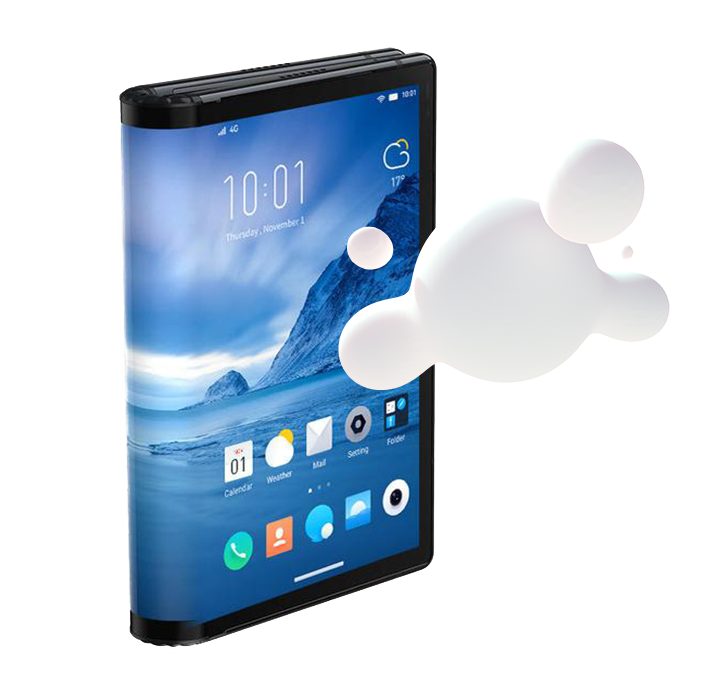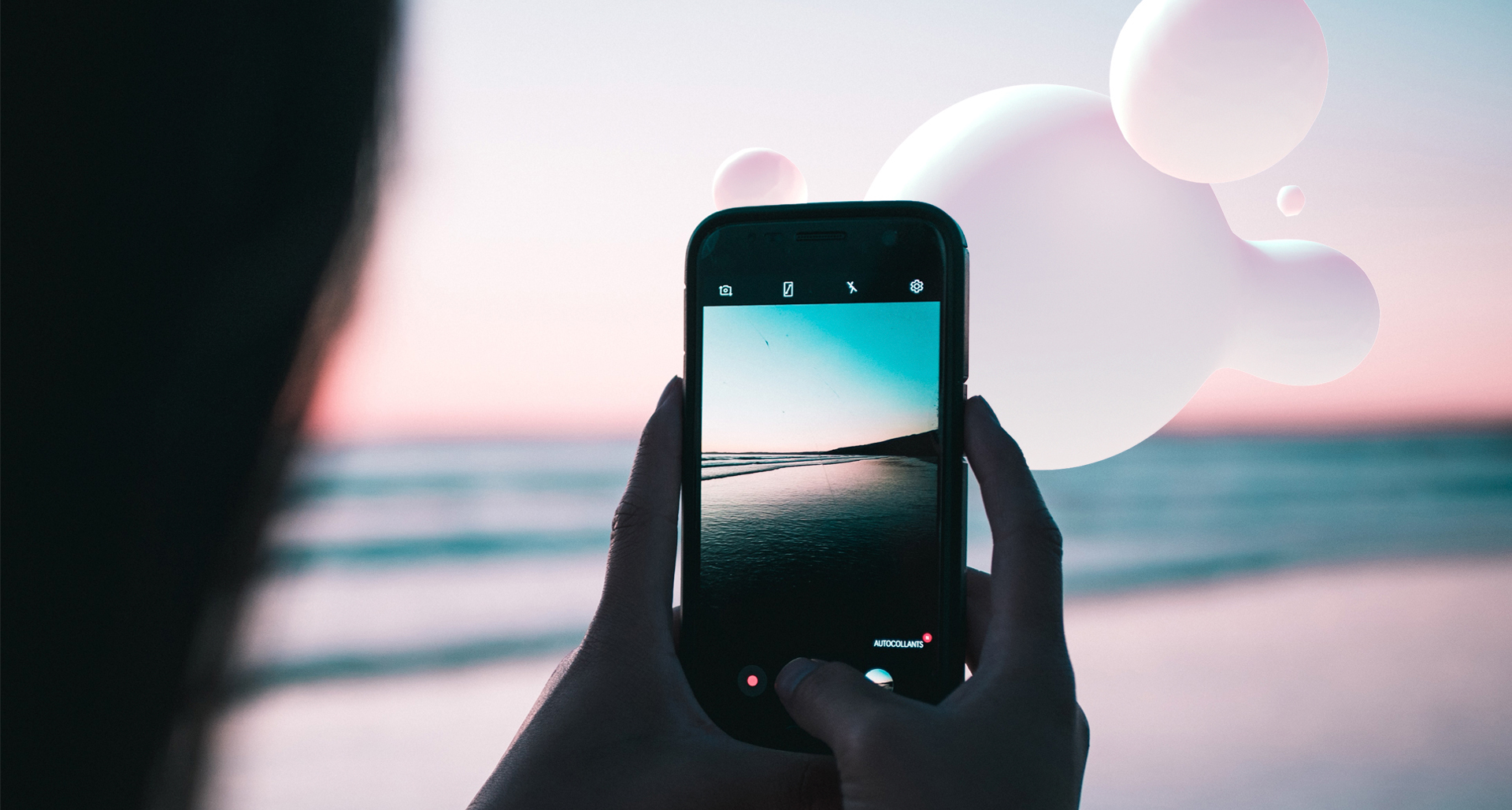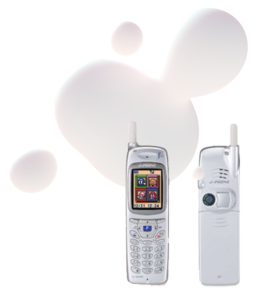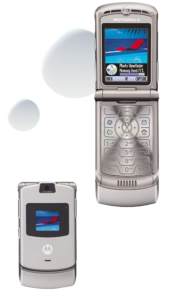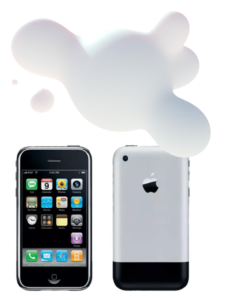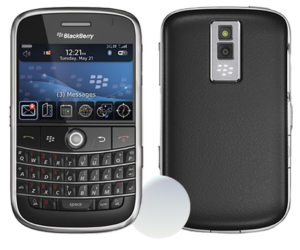On the occasion of International Mobile Phone Day, we have prepared a compilation of the handsets that have marked a before and after in the world of telephony. This has been the evolution of mobile phones:
1. Motorola DynaTac 800X
It was the mobile device used to make the first call, which took place on 3 April 1973 from Sixth Avenue in New York. It is considered the first generation of mobile phones and was marketed from 1984 onwards.
It weighed 1 kilo and 300 grams and measured 33 centimetres including the antenna.
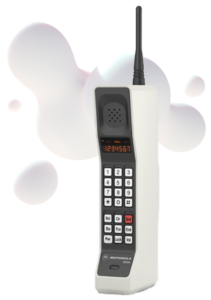
2. Nokia 2146
The 1990s was a very important decade for the mobile sector. While other companies were entering the market, Nokia was at the forefront and leading the industry. Nokia 2146 was one of the most popular devices in 1996.
Its size was already very different from its predecessors, weighing only 235 grams and measuring 14.8 centimetres.
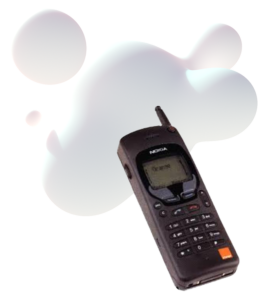
3. Sharp J-SH04
In 2000 Sharp launched the J-SH04, the first mobile phone with an integrated camera on the market. This milestone would mark the second generation of mobile phones. It could take pictures with a resolution of 0.1 megapixels.
Despite this, it weighed only 74 grams and measured 12.7 centimetres including the antenna.
4. Motorola RAZR V3
In 2004, one of Motorola‘s most popular handsets, the RAZR V3, was launched. It was the best-selling phone in Europe in 2005.
It was notable for its shell-shaped design and its space-age frame, which was made of anodised aluminium. It also had a double external display that even allowed us to change the background.
It weighed 95 grams and measured 9.8 centimetres.
5. iPhone
In 2007, Apple launched the iPhone, the world’s first technologically advanced touchscreen smartphone. The introduction of smartphones to the market marks the Third Generation of mobile phones.
The iPhone was a pioneer in having an operating system, iOs, and in allowing applications to run on it.
It weighed 135 grams and measured 11.5 centimetres.
6. BlackBerry Bold 9000
BlackBerry is known for being the first brand to integrate mobile email service since 1999. It became famous for its built-in QWERTY keyboard.
Notably, the BlackBerry Bold 9000, launched in 2008, was the first smartphone to support high-speed HSDPA networks.
It weighed 136 grams and measured 11.4 centimetres.
7. Samsung Galaxy Note
In 2009, Samsung launched the first phablet —a smartphone with a screen size of 5.5 inches or larger. It mixes the communication and usability possibilities of a smartphone with the large screens of a tablet—.
The Samsung Galaxy Note is somewhere in between the two devices and belongs to the high-end segment of handsets with a resolution of 1280×800. This development marks the fourth generation in the mobile sector.
It weighed 178 grams and measured 11.5 centimetres.
8. FlexPai
In 2019, the Chinese company Royole presented the first foldable smartphone at CES. This trend seeks a viable solution to the problem of size in the latest designs. In fact, the FlexPai has a size of 7.8 inches. The launch price for developers in the US was $1300.
